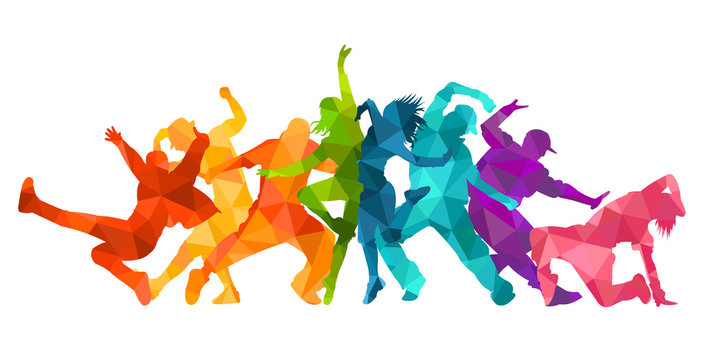
As a proud Cuban-American, I ask why our dances are the most popular, lively, and passionate forms of movement in the entire world.
These dances are characterized by delicate and sensual movements and provide both the practitioners and spectators with an unforgettable experience.
Cuban dance is as unique as the music that accompanies it. Cuban culture is highly diverse and one of the most interesting ways to begin to understand Cuban people is by exploring, watching, and trying the various dance forms which are popular here.
One of the most fun and interactive aspects of Cuban culture is dancing, and below are some of the different types you can enjoy.
History of Dance in Cuba
Cuban dance takes its roots in the Spanish and African settlers that first arrived on the island, who brought with them the music and dances of their homelands.
Through the years, these art forms have evolved into dance techniques that are distinctly Cuban and are considered to be some of the most popular and enjoyable dances today.
There are many kinds of Cuban dance styles and the dance techniques mentioned below are some of the best-known dances that Cuba has to offer.
Cuban African Dance – Because a large part of Cuba’s population is of African descent, it comes as no surprise that Cuba has its own form of African dance.
The Rumba is the most popular form of Afro-Cuban dance. The Rumba is characterized by a chorus of drums and the extensive use of the maracas.
The Mamba is also a popular dance derived from the Rumba.
Rumba
Ex-slaves began dancing the Rumba in the 1890s when they would spend Sunday (the day of rest) playing familiar rhythms from home and sometimes adding vocals. Rumba is informal and spontaneous. Listen to the rhythms of the conga drums, claves (sticks), and marugas (iron shakers) and groove out.
Danzon
Born in the ballrooms of Havana and Matanzas, traditional danzon is an elegant and delicate ballroom dance for couples—but over time it's become much more exuberant. Modern, up-tempo versions are known as danzonete and danzon-cha. Danzon's songs are all made up of two sections: a short paseo and a longer melody. During the paseo, dancers don't dance. They stroll around the dance floor, chat, flirt, drink...whatever, but on that first beat of the melody, they're all dancing again.
Son
This is another early Cuban dance. Originally, all son bands were 6-person groups. In the 1930s the trumpet was added. In the 1940s and 1950s, these grew into big bands with full percussion and horn sections. Son combined with Rumba in Havana to create salsa dancing. Son is an energetic Cuban dance, characterized by precise footwork and dramatic pauses.
The Tango
The Tango has enjoyed popularity in different parts of the world but it has its roots in Cuba.
The Tango was derived from the traditional Cuban dance called the Habanera and even though many people associate the tango with Argentina, many Cubans lay claim to this form of dance.
Bolero
This is an intimate dance that is slow and passionate.
The pace of the steps varies greatly which makes it great fun to learn. This is one of the oldest and most traditional forms of Cuban dance and should not be confused with the Spanish dance which has the same name.
This dance is performed at many dance competitions as well as amateur entertainment nights.
The Conga
The Conga is another popular dance that can be traced back to Cuba. It has been used extensively in discos and parties all over the world.
Tourists to the country would do well to observe local performances. They can also try out these dances in many of the popular nightclubs that have recently reopened in the country.
Cha Cha Cha
This is one of the most famous dances in the world which makes it the one that most people are eager to learn or experience when in Cuba.
The Cha Cha Cha originates from the 1950s and can be attributed to one composer, Enrique Jorrin.
The key concept is that the dancers begin to move on to the second beat as opposed to the first or fourth.
Mambo
The Mambo dance was developed to go alongside mambo music which evolved in the 1930s.
The first worldwide Cuban dance craze is directly from Danzon. Trumpets and saxophones riff and wail lending their energy to this loose, fun dance style that is all hips, shoulders, and attitude. The mambo king is without a doubt Benny More who was born in Cienfuegos, Cuba. No one can dance the mambo quite like the Cuban people.
As mambo is generally danced to jazz music it usually involves fast and complicated moves which can be difficult to learn but a great way to express yourself.